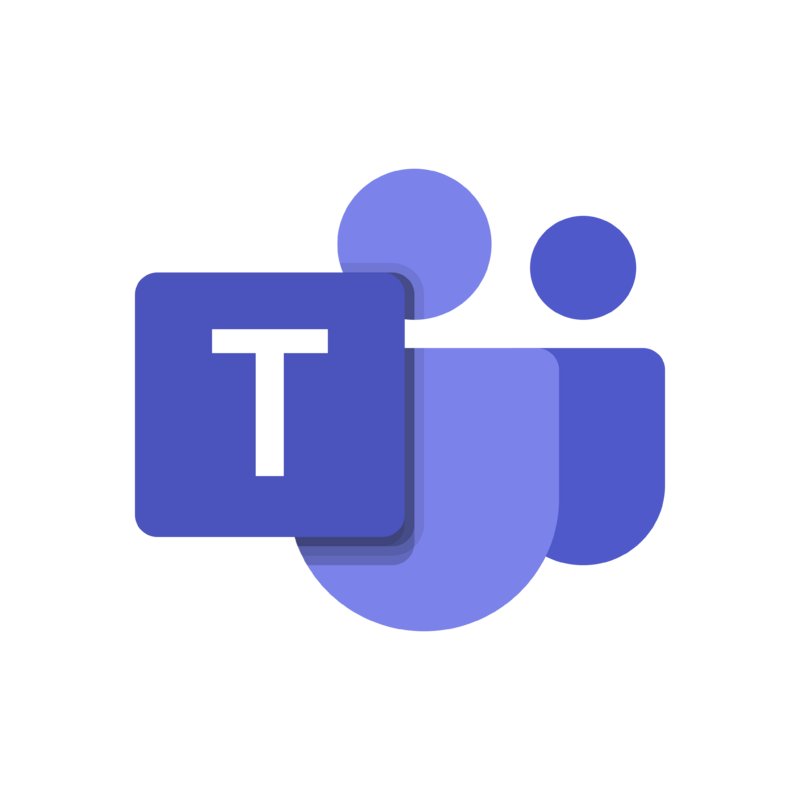Introducing a new employee in a newsletter: Email introduction
Table of contents
When it comes to welcoming a new member to your team, making a great first impression is key. One effective way to introduce a new employee is through a well-crafted newsletter email. In this article, we’ll explore the importance of email introductions for new employees and provide you with valuable insights on how to create a compelling and engaging email introduction.
Why email introductions matter when introducing a new employee
Email introductions in newsletters serve as a powerful tool for fostering a sense of belonging and integration within your organisation when introducing a new employee. They offer a formal yet warm welcome to the new employee, helping them feel valued from day one. Such introductions are not only a gesture of goodwill but also an opportunity to showcase your company culture and employer branding.
Creating an impactful email introduction for your new employee
To create an impactful email introduction, start by crafting a personalised and engaging message for your new employee. Begin with a warm welcome and a brief introduction of the new team member. Highlight their background, skills, and what makes them a valuable addition to your organisation. Use a friendly tone to make the email relatable and approachable.
Next, consider including a short interview-style section where the new employee shares their interests, hobbies, and a fun fact about themselves. This humanizes the introduction and helps establish a personal connection between the new hire and their colleagues.
Showcasing company culture
Use the email introduction as an opportunity to showcase your company’s unique culture and values. Share a brief overview of your organization’s mission, vision, and what sets you apart from the competition. Highlight any employee initiatives, diversity and inclusion efforts, or community involvement to demonstrate your commitment to creating a positive workplace.
Including practical information when introducing
In addition to the warm welcome when introducing new employees and cultural insights, ensure that the email includes practical information. Provide details about the new employee’s role, department, and reporting structure. Include their contact information, such as email and phone number, so that colleagues can easily reach out to welcome them or offer assistance.
Encouraging engagement when introducing a new employee
Encourage engagement from your existing team members by inviting them to connect with the new employee. You can include links to the new hire’s LinkedIn profile or professional social media accounts. Encourage team members to reach out and offer assistance, whether it’s providing guidance on company processes or simply extending a friendly greeting.
Leveraging HoorayHR for a seamless introducion
HoorayHR offers an integrated solution that streamlines the onboarding process, making it easier than ever to introduce a new employee. With HoorayHR, you can set up a customized task list to ensure that every step of the introduction process is covered. This includes tasks like providing access to company systems, scheduling orientation meetings, and assigning mentors to guide the new employee, you can choose whatever you need for your new employee.
In conclusion, introducing a new employee through a newsletter email is a valuable practice that fosters a sense of belonging and contributes to a positive employer brand. By crafting engaging and informative email introductions, you can make your new hires feel welcome and valued while showcasing your company culture. With HoorayHR, you have the tools you need to ensure a seamless and successful introduction for every new team member. Want to check out the task-feature for yourself? Click here to get a HoorayHR demo!
Disclaimer
Important! Our articles and posts on our website are intended for information purposes and are not binding. They do not constitute full legal advice and are only provided to share information about specific HR topics. The content of this article is not intended to replace binding legal advice that will apply to your specific situation.




